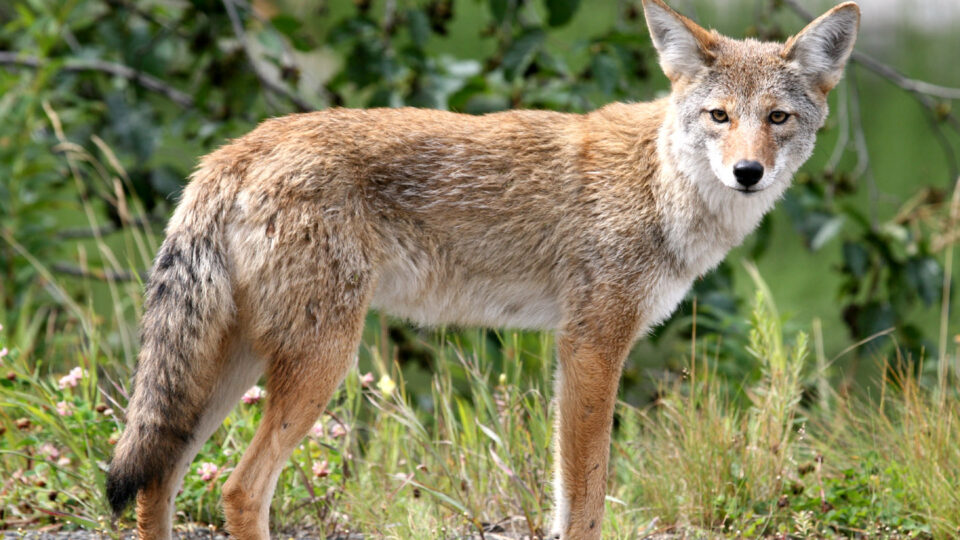A recent study by ecologists at the University of Wisconsin-Madison has found that carnivores living near people often get more than half of their diets from human food sources rather than from their traditional prey. This represents a major lifestyle disruption that puts North America’s carnivore-dominated ecosystems at risk.
The researchers studied the diets of seven predator species across the Great Lakes region using bone and fur samples taken from animals from areas as remote as national parks to metropolitan areas including Albany, New York. What they found – unsurprisingly – is that the closer carnivores lived to cities and farms, the more human food they ate. Dietary contributions of human food varied with species, but on average was more than 25% in most human-altered habitats.
The researchers studied the diets of carnivores like bobcats, coyotes, red and gray foxes, fishers, and American martens by chemical analysis of samples from Minnesota, Wisconsin, upstate New York, and the Upper Peninsula of Michigan. The diets of the animals could be analyzed on the basis of the carbon content of bone and fur samples. Human food, heavy in corn and sugar, lends these samples a distinctive carbon isotope signature. In contrast, prey species confer their own carbon signatures. The ratio of these isotope fingerprints provides information on the proportion of an animal’s diet that came from human sources.
Relying upon human food increases how much carnivores overlap one another in their competition for food. Compared to when these predators vie for distinct prey, there can be more conflicts between animals. Changing how a species gets their food can have far-ranging effects on ecosystems.
**********
Web Links
Carnivores living near people feast on human food, threatening ecosystems
Photo, posted August 18, 2007, courtesy of Jitze Couperus via Flickr.
Earth Wise is a production of WAMC Northeast Public Radio.


